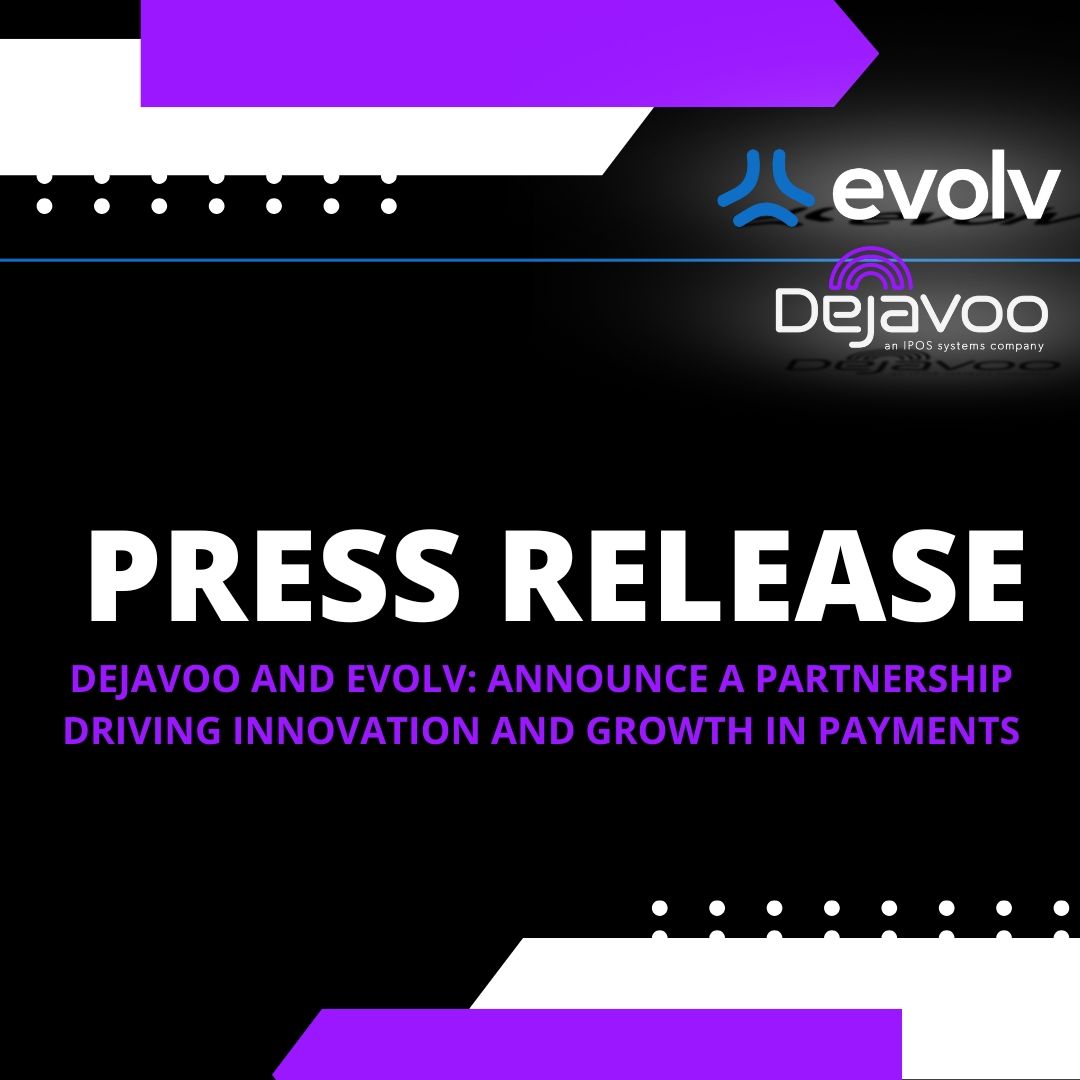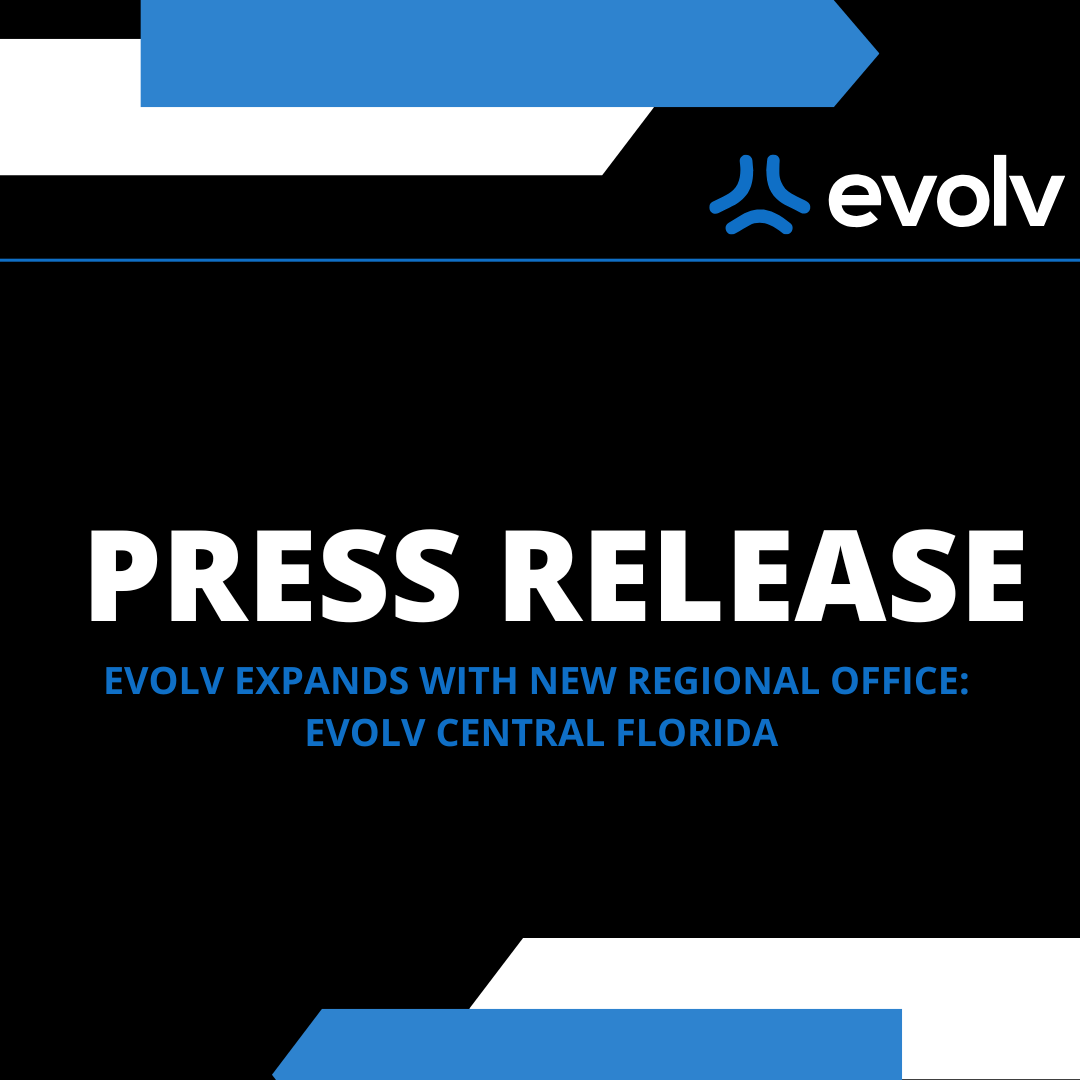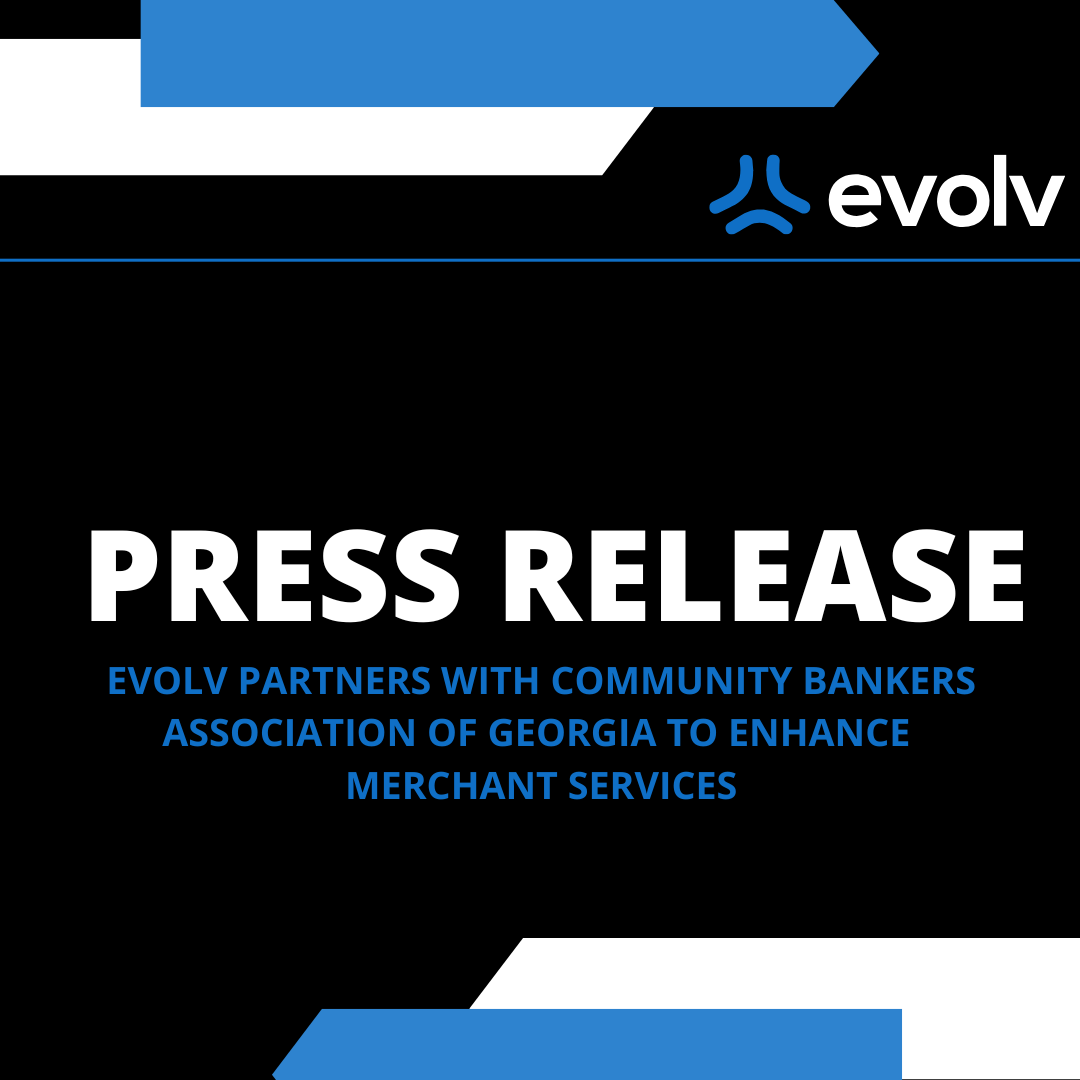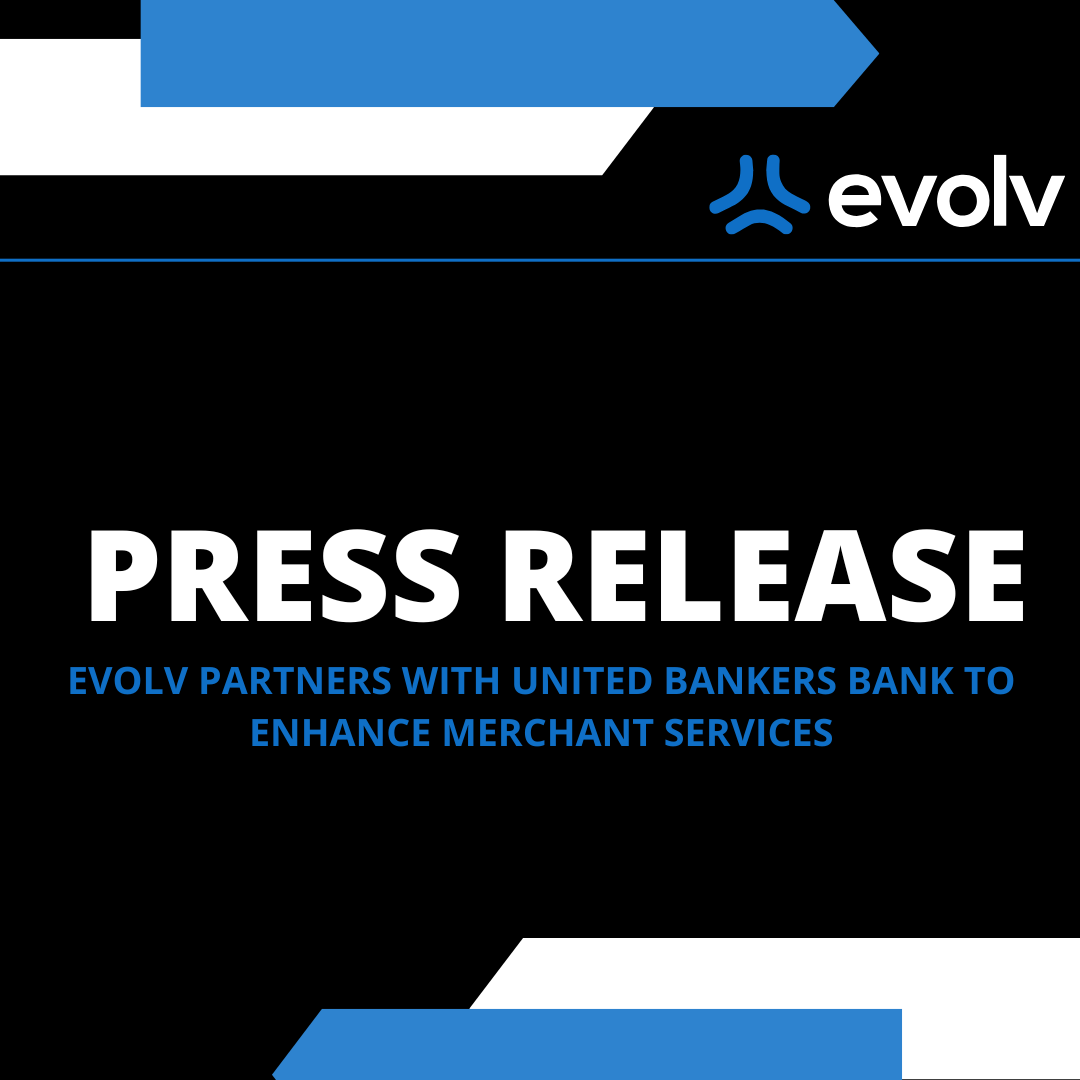Stop Thinking of Your Website as an Expense—Here’s Why It Grows Your Merchant’s Business…And Processing Volume!
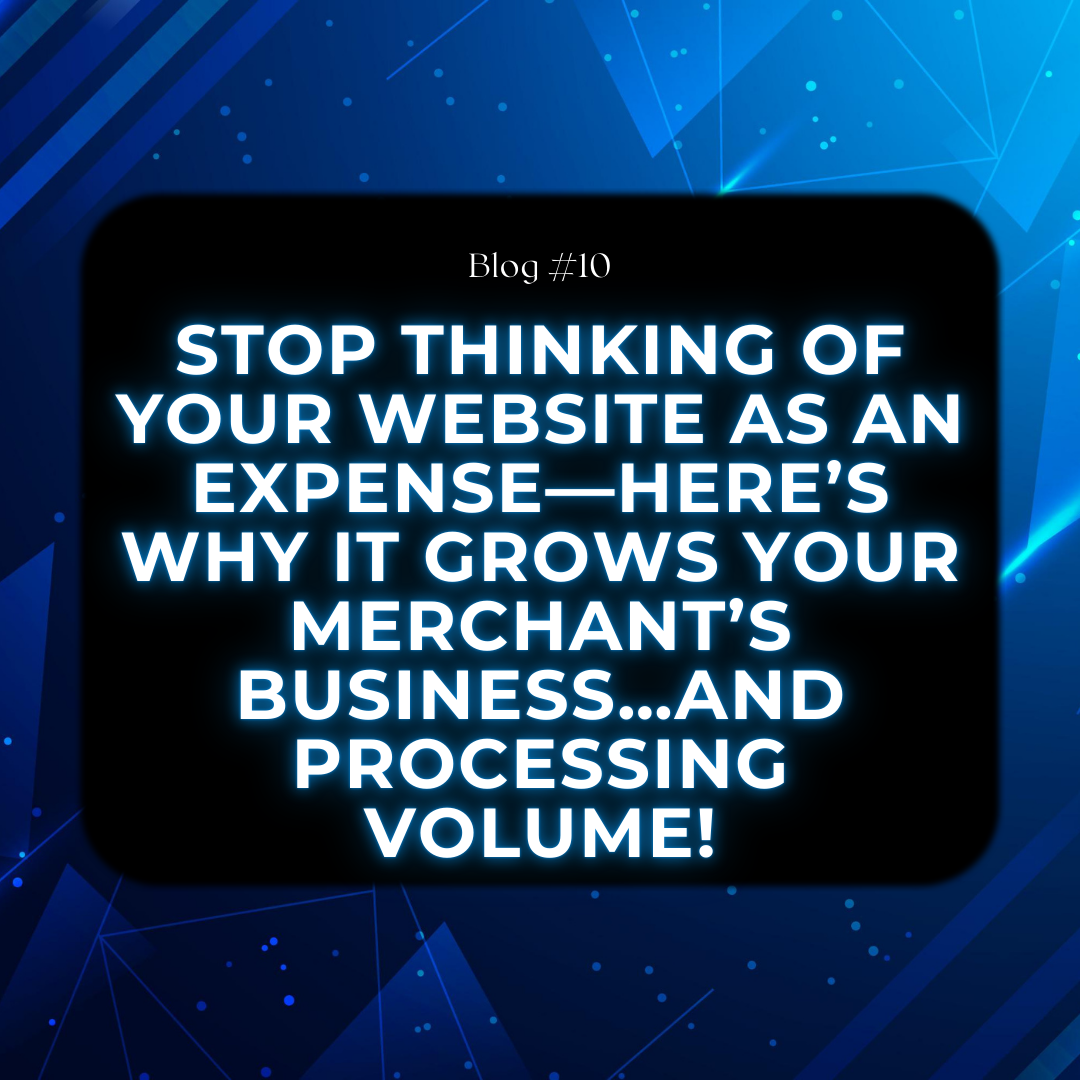
You Don’t Own a Website—You Hire One
Think of your website like an employee. If it were sitting in your office right now, how would you rate its performance? Does it work 24/7? Does it generate leads? Process payments? Convert traffic into revenue? Or does it sit there, outdated, slow, and ineffective?
That’s the mindset shift that matters. A website isn’t a tech tool—it’s a business asset. When built right, it’s the highest-performing employee on your team.
Would You Keep This Employee?
If your website were a team member, would they survive a performance review?
- They show up late (slow load times)
- They don’t give customers the right answers (bad UX)
- They leave visitors confused (unclear CTAs)
- They drop the ball at the point of sale (cart abandonment, broken forms)
Most business owners would fire this kind of worker. But they tolerate it in their website every day—and lose revenue doing it.
The Cost of a Broken Digital Front Door
Your website is the first impression for almost every prospect. Whether they found you through a Google search, an ad, a listing, or a social post—they’re going to your site.
If it is outdated, confusing, or not mobile-friendly, they bounce. And if they bounce, they don’t pay. That’s not just a missed opportunity—it’s a missed transaction. You are actively alienating current and potential customers.
Every bounce is a missed swipe. Every confusing CTA is a missed invoice. Every slow load is a lost subscription. And it adds up fast.
Why Most Business Owners Don’t See the Problem
Ask 10 business owners when they last updated their site. Half won’t know. A few might say three years ago. One or two might say, 'We’re due.'
Most of them view the website as a static business card. Something they check off a to-do list—not a live system that affects conversion rates, payment flow, and business credibility.
They do not realize it’s costing them leads and hurting their residual volume—and that’s where you come in.
Stop Selling Sites—Start Selling ROI
You’re not pitching a website. You’re pitching:
- More completed payments
- More scheduled calls
- Fewer abandoned carts
- Faster checkouts
- More trust at the point of sale
Try this: “This site is going to make it easier for your customers to buy from you and pay you.” That’s the message. If they run dual pricing, ecommerce, invoice path, subscriptions—whatever it is—your site either helps or hurts conversion.
Websites and Payments: Where It All Connects
Let’s say you’re helping a business implement dual pricing. If their checkout page doesn’t explain it clearly, conversion drops.
Or they send invoices via email with a 'Pay Now' button that links to a page that’s slow or not secure? That is lost revenue and trust is forfeited.
The website is the infrastructure that supports payment flow. A good one increases volume. A bad one kills trust—and trust is everything when you’re asking for money.
The Website Multiplies Every Marketing Dollar
You can run the best Google Ads or paid social campaigns. But if the website isn’t ready to convert that traffic into action, you’re wasting spend.
A strong homepage means better lead capture. A clean service page means more calls. A fast-loading checkout means more processed volume.
Bottom line: better site = better ROI on everything else you’re doing.
Pitching the Website as a Sales Machine
When you pitch a new site, say this: “This site is going to increase your average transaction value, speed up how fast you get paid, and improve the conversion rate on every ad, listing, or email campaign you run.”
That’s how you go from 'nice-to-have' to 'can’t live without it.'
The Long-Term Value Play
Here’s what makes this even more powerful: unlike ads that stop delivering the second you pause your budget, a high-performing website keeps working. It becomes your client’s digital HQ—collecting leads, closing sales, and pushing volume 24/7.
Add a calendar link! Now it books appointments. Add payments! Now it collects revenue in real time. Add reviews! Now it builds trust without lifting a finger.
Your Website Is the Top (And Heart!) of the Funnel
If the homepage is weak, the whole strategy falls apart. But if it’s strong? Everything else gets easier:
- Listings perform better.
- Ads convert at higher rates.
- Invoices get paid faster.
- Recurring billing gets fewer cancels.
That’s why the first question on any strategy call should be: “What’s your website doing for you right now?”
From Expense to Asset: Reframe the Conversation
Most clients think, 'Ugh, another $2,500 site build.'
Your job is to say: “This isn’t $2,500 down the drain. It’s a tool that that will quickly provide you a return on investment and continue to produce for you in the future.”
When you reframe the cost as an investment tied to predictable ROI, you change how they see the offer—and how fast they say yes.
The Bottom Line
A great website isn’t a luxury—it’s the launchpad for every marketing and merchant service you offer. It improves conversions. Increases processed volume. Lowers churn. Boosts ROI.
So next time a client says, 'I already have a site,' ask this: 'Is it making you money—or costing you customers?'
Then show them how to fix it. Because when your site works, everything else does too.
Want More?
Want more content like this, built just for merchant services pros and digital marketers? We’re dropping insights like this every week inside our exclusive Facebook and LinkedIn groups. Join the conversation, get real-time sales tips, and share what’s working in the field. Click the link to join the tribe—because your mind’s not right ‘til your site is!
If this helped you sharpen your pitch, like and share it with your team or someone in the trenches. Let’s help each other win.
